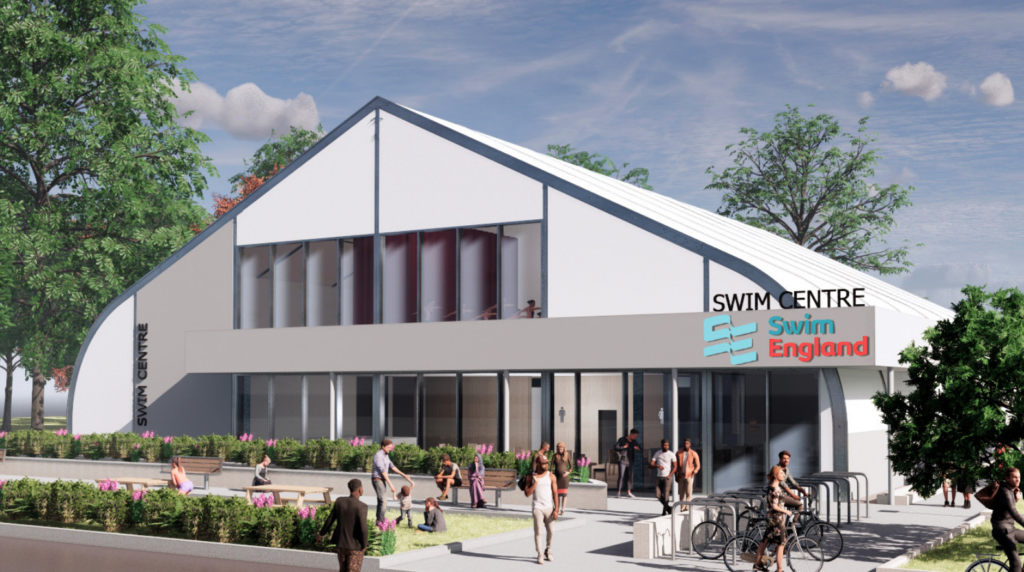
Today’s building projects need to deliver more than just the construction itself. They also need to offer social value.
This focus on social value has been embraced by the construction industry. Whether it’s a new sports centre, school or community hub, social value is becoming entrenched within the industry.
And faced with the global pandemic, this sense of civic responsibility has never been felt more acutely.
In light of an uncertain future, online construction magazine Building partnered with engineering company Aecom to conduct a survey focusing on how social value is seen with the construction industry.
Here are five key takeaways from that study…
1 Social value is already a big thing in the industry
More than 75% of those questioned said that social value was frequently a consideration in procurement processes. It was described as “an essential requirement of winning work” and that it often pays for itself.
2 Social value is generally seen as a force for good
When asked what drives projects focusing on social value, 40% said that delivering sustainable and healthy priorities was a key focus. Other motivations included improving opportunities for disadvantaged children (17%) and creating local employment opportunities (15%).
3 The end users are the biggest winners in a social value project
45% of those questioned agreed that those on the receiving end of socially-minded initiatives benefit the most, while 23% said that voluntary, community or social enterprises were the main beneficiaries. Just 11% said it was commissioning clients who came out on top.
4 The message is getting through, but more work is needed before the concept of social value is fully understood
66% have a good or partial understanding of what social value is. However, 90% of respondents said that those in the industry lacked a firm understanding of the concept. Just 10% think it is fully understood within the industry. The key to getting that message across lies in good communication.
5 The impact of Covid-19 is likely to make social value a greater priority going forward
76% of those surveyed believe the impact of Coronavirus was likely to lead to social value becoming a higher priority in the future. 34% were certain this would be the case, while just 7% thought it would become less of a priority.
At a time when the construction industry is being urged to ‘build back better’, the survey’s findings reveal a workforce driven by a desire to give back.
At Paragon Structures, we keep social value at the heart of what we do. Focusing on the construction of sports and educational facilities, our tension fabric buildings provide low-cost solutions that offer long-lasting benefits to local communities and beyond.
To find out more take a look at some of our most recent projects or get in touch with the team.









